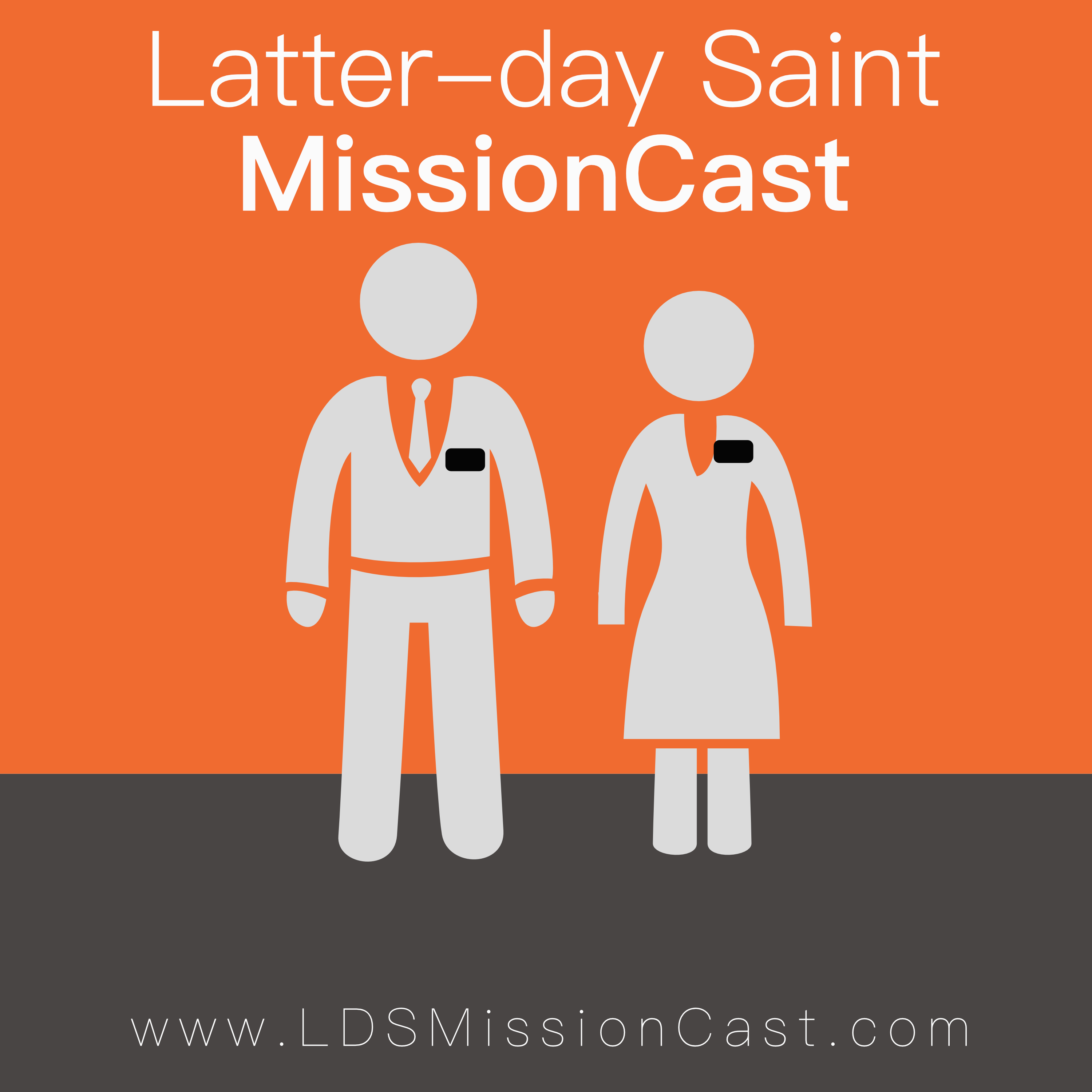Podcast: Play in new window | Download
Subscribe: Spotify | RSS | Subscribe to Podcast
Next in our Basic Doctrines Series of episodes is the doctrines of Ordinances and Covenants. This episode discusses the difference between saving ordinances and non-saving ordinances. We also discuss the role of covenants in our daily lives, as well as during missionary service.
Stephanie Dibb Sorensen is an adjunct professor of The Living Prophets course at BYU. She is the author of a couple of books, Covenant Motherhood, and Learn of Me (which we will talk more about in our next episode of the Latter-day Saint MissionCast podcast). She was also a contributing writer for A Mother’s Prayer: Inspiring True Stories to Warm the Heart, and D&C 4: A lifetime of Study in Discipleship.
Here is the text from the Basic Doctrines website of the Church of Jesus Christ of Latter-day Saints:
7. Ordinances and Covenants
Ordinances
In The Church of Jesus Christ of Latter-day Saints, an ordinance is a sacred, formal act that has spiritual meaning. Each ordinance was designed by God to teach spiritual truths. The ordinances of salvation are performed by the authority of the priesthood and under the direction of those who hold priesthood keys. Some ordinances are essential to exaltation and are called saving ordinances.
The first saving ordinance of the gospel is baptism by immersion in water by one having authority. Baptism is necessary for an individual to become a member of the Church and to enter the celestial kingdom (see John 3:5).
The word baptism comes from a Greek word meaning to dip or immerse. Immersion is symbolic of the death of a person’s sinful life and his or her rebirth into a spiritual life, dedicated to the service of God and His children. It is also symbolic of death and resurrection.
After a person is baptized, one or more Melchizedek Priesthood holders lay their hands on the person’s head and confirm him or her a member of the Church. As part of this ordinance, called confirmation, the person is given the gift of the Holy Ghost.
The gift of the Holy Ghost is different from the influence of the Holy Ghost. Before baptism, a person can feel the influence of the Holy Ghost from time to time and through that influence can receive a testimony of the truth (see Moroni 10:4–5). After receiving the gift of the Holy Ghost, a person has the right to His constant companionship if he or she keeps the commandments.
Other saving ordinances include ordination to the Melchizedek Priesthood (for men), the temple endowment, and the marriage sealing (see D&C 131:1–4). All saving ordinances of the priesthood are accompanied by covenants. In the temple, these saving ordinances can also be performed vicariously for the dead. Vicarious ordinances become effective only when the deceased persons accept them in the spirit world and honor the related covenants.
Other ordinances, such as administering to the sick and the naming and blessing of children, are also important to our spiritual development.
Related reference: Acts 2:36–38
Covenants
A covenant is a sacred agreement between God and man. God gives the conditions for the covenant, and we agree to do what He asks us to do; God then promises us certain blessings for our obedience (see D&C 82:10).
All the saving ordinances of the priesthood are accompanied by covenants. We covenant with the Lord at baptism and renew those covenants by partaking of the sacrament. Brethren who receive the Melchizedek Priesthood enter into the oath and covenant of the priesthood. We make further covenants in the temple.
Related references: Exodus 19:5–6; Psalm 24:3–4; 2 Nephi 31:19–20; D&C 25:13

